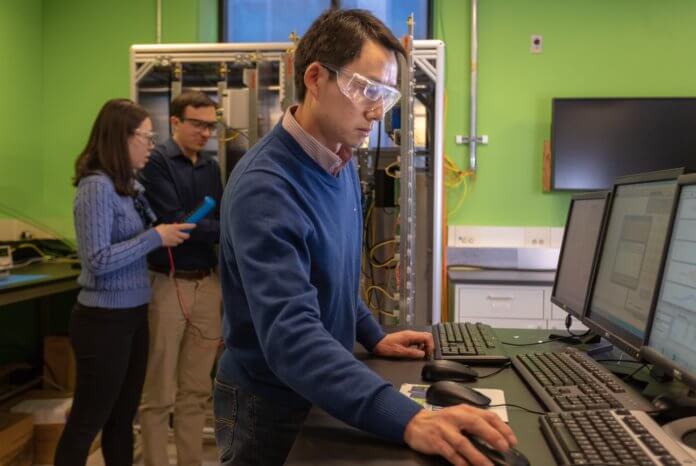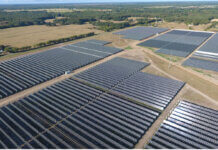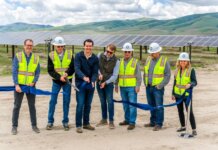GE Research, the central technology development arm for the General Electric Co., has been awarded $4.2 million in funding from the U.S. Department of Energy Solar Energy Technologies Office (SETO) to help develop and deploy advanced grid-forming photovoltaic (PV) inverter control technologies that can reliably support higher amounts of solar power on the grid.
This work keeps pace with the nation’s changing electric grid system, which is getting more energy from distributed and renewable sources.
Today, wind and solar inverters connected to the grid depend upon existing voltage and frequency levels to deliver power. This is different from traditional generators, like gas and steam turbines, which dictate, or form, the voltage and frequency levels at which the grid operates. The development of “grid-forming” controls will allow wind and solar inverters to form voltage and frequency levels like traditional generators, creating an opportunity for greater and more resilient integration of these resources into the grid.
“When it comes to solar and other renewable resources, all the energy passes through the inverter,” says Maozhong Gong, senior engineer of electric power technologies at GE Research. “As the nation’s grid sees more electricity from the sun and wind, it will require advanced inverters to maintain reliability.
“As part of this project, we will develop and field-test advanced grid-forming controls that enable many distributed resources to deliver reliable and resilient power like traditional generators do. We will test and validate these new technologies utilizing GE Renewable Energy’s commercial PV LV5 inverter platform. The goal is to have a solution ready to commercially deploy and implement to support the nation’s increasing solar power portfolio,” Gong adds.
Gong explains that while grid-forming inverter control technology is not new, the big challenge is enabling so many distributed grid-forming inverter resources to act together like traditional generators without causing stability issues. The team will address this with a holistic solution that includes advanced grid-forming controls, system modeling and analysis, and extensive tests and validation.
According to the most recent data from the U.S. Energy Information Administration, U.S. renewable electricity generation doubled from 382 MWh in 2008 to 742 million MWh in 2018. Solar generation has increased nearly 50 times over that same period, from 2 million MWh to 96 million MWh.
As part of its $4.2 million cooperative award from SETO, GE and its partners will contribute a cost share of $1.4 million, bringing the total funding for the project to $5.6 million.
Photo: Maozhong Gong




